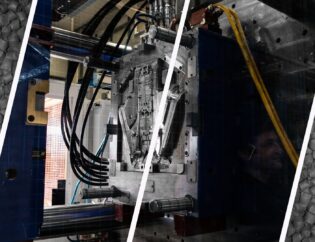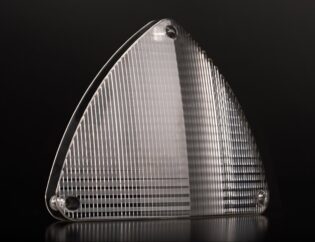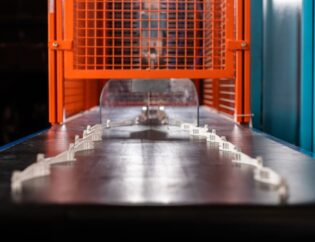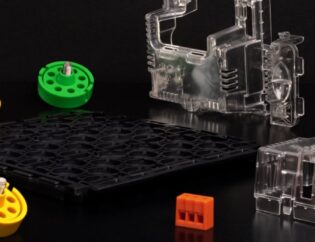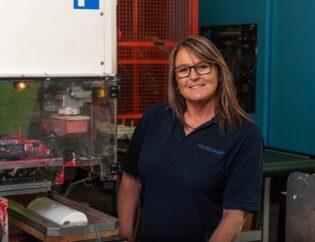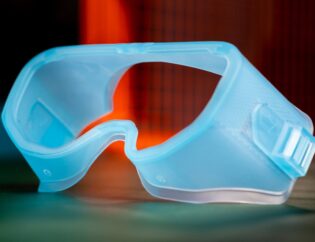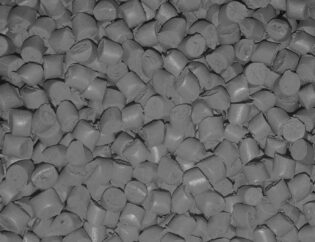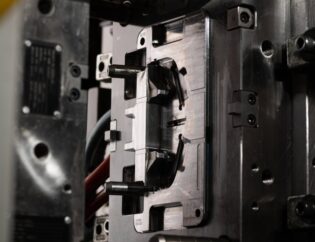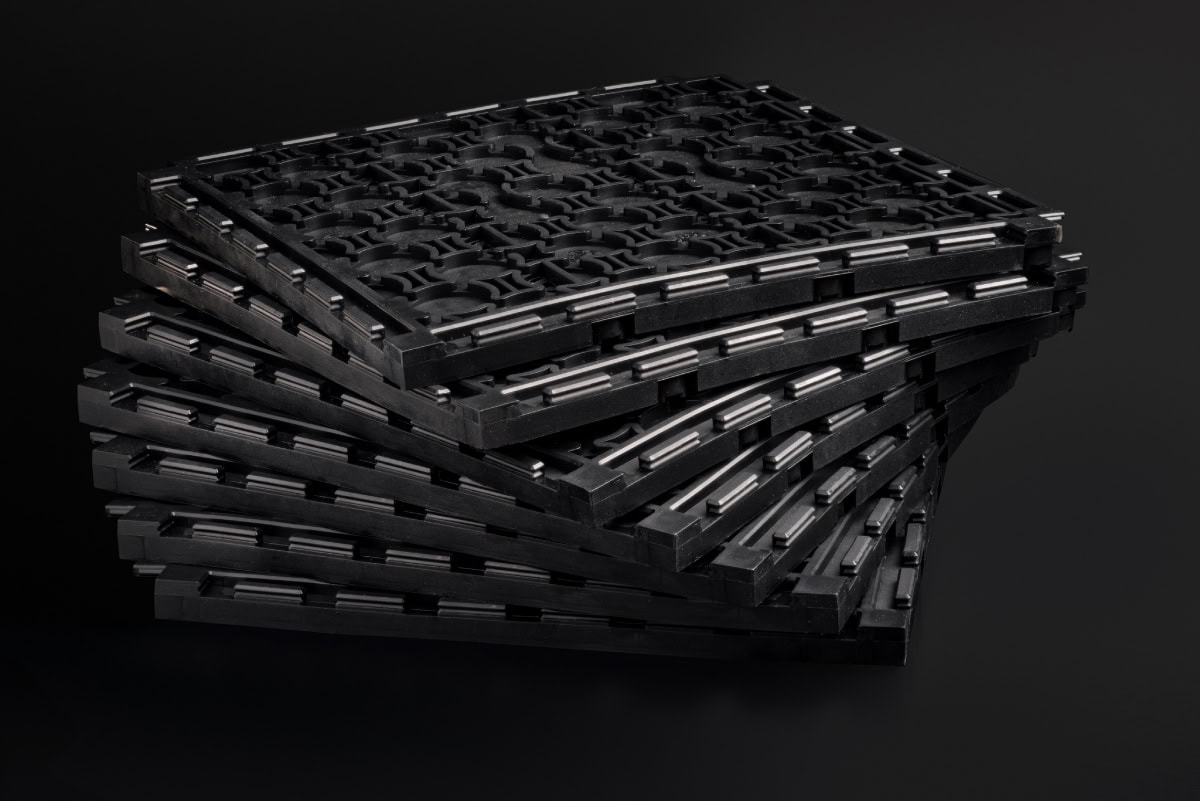
We have been asked a couple of times whether a plastic injection moulding component will be subject to the Packaging Tax. It can be confusing to understand if your product will be affected or not.
What is being taxed?
For the Plastic Packaging Tax, plastic is defined as a polymer material to which additives or substances may have been added. This also includes polymers that are biodegradable, compostable or oxo-degradable.
If a plastic packaging component is made from multiple materials but contains more plastic (including additives) by weight than any other substance, it will be classed as a plastic packaging component by the tax.
However, if the component is made with 30% or more recycled plastic, it is not chargeable for the tax.
Now if you have a plastic product that is not made from 30% or more recycled plastic, the answer depends on the function, and this decides whether it is in or out of the scope of the tax.
What are the categories?
The plastic packaging categories of functions and the examples from the GOV website are the following:
Examples of products in the scope of the tax:
- Biscuit Wrappers
- Bottle tops or caps
- Pallet wrap
- Diagnostic Kit Packaging
Examples of products out of the scope of the tax:
- Mop buckets
- Home Storage Boxes
- Drink bottles designed to be reused
- Pregnancy Tests
- Bags for life
- Food storage boxes and containers designed to be reused, such as lunch boxes
Examples of products in the scope of the tax:
- Plastic bags such as bin liners and carrier bags
- Disposable cups including party cups, plastic wine and pint glasses
- Disposable plastic bowls and plates
- Medical sharps bins for single use
Examples of products out of the scope of the tax:
- Cutlery
- Nappies
- Urine bags
Examples that are not subject to the tax:
- Board game boxes
- First Aid Boxes
- Toolboxes
- Glasses cases
Examples that are not in this category and are subject to the tax:
- Single-use bottles, such as shampoos
- Disposable pots and tubs, such as butter and food spreads
- Plastic packs that pens and pencils are sold in
Examples that are covered and not subject to the tax:
- Inhalers
- Ink cartridges and ink refills
- Water filter cartridges
- Lipstick mechanism and case (but not the cap)
- Stick deodorant mechanisms and cases (but not caps)
Examples of what is subject to the tax and not covered by this category:
- Closures on condiment bottles and jars
- Liquid soap pumps
- Ready meal trays
Examples covered by this category and not subject to the tax:
- Reusable meal trays, such as those used on aeroplanes and schools
- Sales presentation stands
- Shop fittings
Examples of products not covered by this category, and are subject to the tax:
- Crates for food, such as fruit and veg
- Single-use display shelves and presentation stands
Examples of products out of scope for this tax:
- Film used to coat whiteboards
- Film used to enable the fermentation process to make silage
Examples of products in scope of the tax:
- Microwave food pouches
- Ready meal oven trays
Examples include packaging to prevent damage during transportation and transporting multiple sales units or grouped packaging to import goods into the UK.
This includes pallet wrap, plastic pallets, road, rail, ship or air containers.
This does not include packaging that imports a single good into the UK, and packaging to transport goods within the UK.
More examples are on the government website and are updated regularly:
Packaging in and out of scope of Plastic Packaging Tax - GOV.UK (www.gov.uk)
How can we support your project?
Together we can determine the best design, material and production decisions for optimum quality, speed and value.
